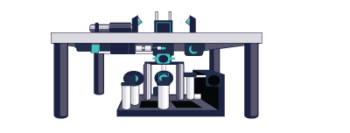Scattered Light: How to Mitigate its Effects in Microscopy
Explore the primary causes of scattered light in microscopy, delve into why it is detrimental to the pursuit of clear and precise images, and learn effective strategies to mitigate its effects.






























